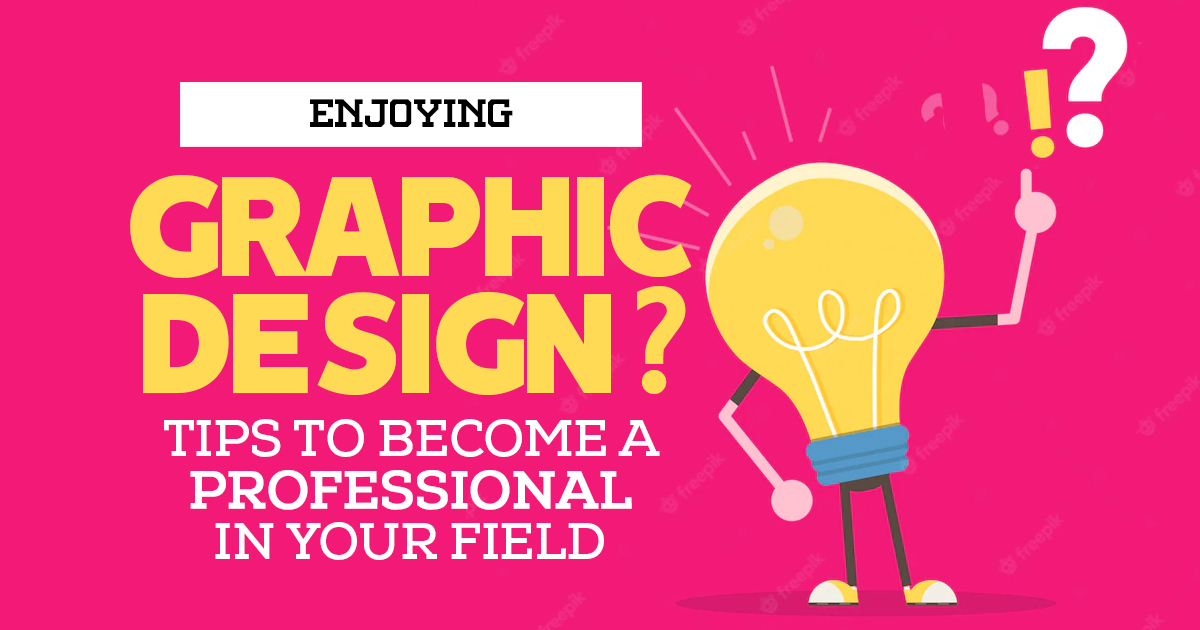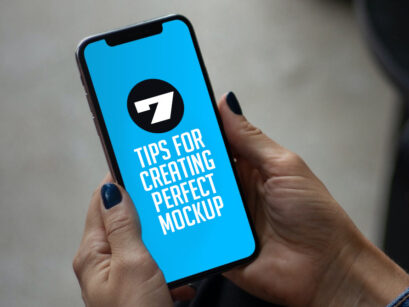Learning graphic design is more accessible than people might think. Leaning towards arts makes it easier, but you don’t need to be Pablo Picasso to be a professional graphics designer. Nowadays, it’s just as much about mastering graphic design software as anything else.
Moreover, it’s a perfect time to specialize in this field. Digital marketing is expanding with more businesses forming an online presence. And you can’t make an attractive website without graphic design.
There are also several specialties to choose from. User experience or user interface designer, production or multimedia artist, just to name a few. They require different skill sets, providing more opportunities.
So if you decide to specialize in graphic design, check out our 7 tips to become a professional in your field.
1. Pick a Specialization
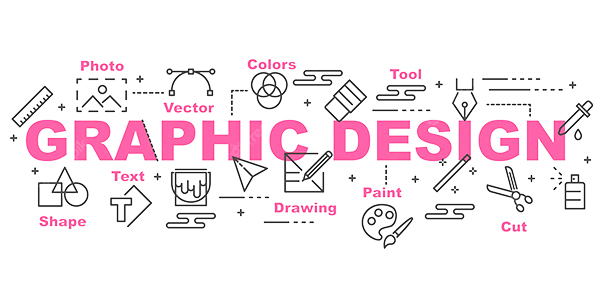
At the very beginning, you might want to get some basic graphic design knowledge. However, soon you’ll notice different paths have specific theoretical backgrounds. For example, professional UX designers utilize human psychology know-how. Some graphic designers work in marketing departments to improve their visual campaigns. Graphic designers with copywriting skills provide the highest-quality website structure. Pick your path and specialize in it.
2. Don’t Ignore the Theory
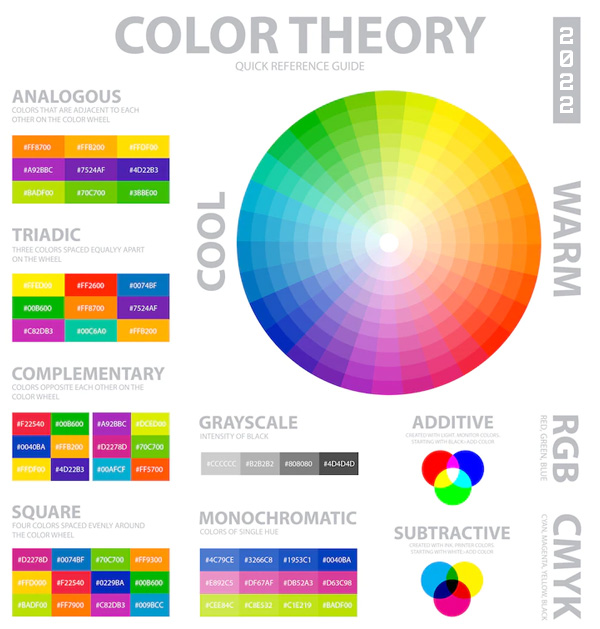
Undoubtedly, mastering graphic design software tools is your end goal. Yet it would be best if you didn’t skip on the theory. For example, learning color theory will significantly improve your design quality. It’s what will separate you from the rest. Imagine your first graphic design job interview. If you demonstrate in-depth knowledge, you already have the upper hand.
3. Pick Your Software
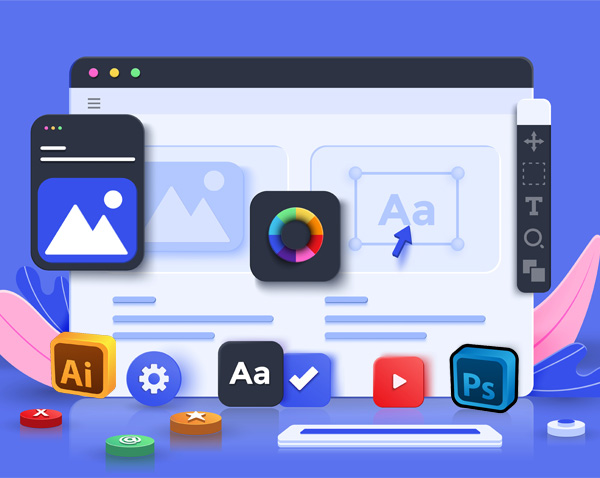
Firstly, you might want to try out free graphic design software. The golden rule is that learning is always best when doing an actual project. Maybe you want to design a website? Or imaginary companies’ brand logos? Once you come up with the idea, train with appropriate free graphic design tools. What’s more, if your project is successful, feel free to use it in your portfolio. Once you improve, you can switch to paid software for a real pro game.
4. Secure Your Designs

Cybersecurity is often overlooked. After all, what could cybersecurity possibly have related to graphic design? It does. Many graphic designers choose to freelance as a comfortable income source. You will communicate with clients via your personal device on a home network. Due to the recent shift to WFH policies, cyber attacks against home networks increased several times. Hackers exploit unsecured home networks using them to access confidential corporate data.
Furthermore, many graphic designers upload their work to the Cloud. You may also store your portfolio in an online Cloud. Or your contractor requires you to use one. Ensure your Cloud storage is secure and accepts files in an encrypted form preventing data leaks. We also recommend using a VPN to secure your home network. It will encrypt all online communication. Even if a cybercriminal attempts to intercept your communication, they will not be able to extract any valuable information.
5. Follow Famous Graphic Designers

You can start following renowned graphic designers from the very beginning. However, sometimes it’s too hard to keep up with more technical details. Once you’ve learned the graphic design basics, start following several established designers to learn from them. You will not only improve your skills but might make promising connections for future cooperation.
6. Work on Your Portfolio
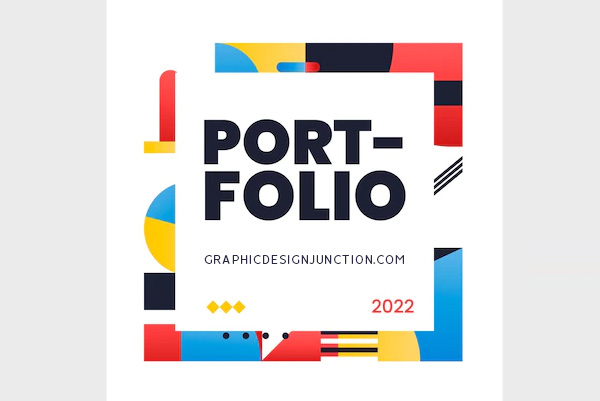
An astounding portfolio will open professional opportunities. Firstly, start making a portfolio even if you don’t have too much to show for. You will fill it as you go. The most popular graphic design portfolios include Behance, Crevado, Pixpa, and others. Creating an impressive graphic designer portfolio takes some skill. We recommend starting early. Once you have sufficient skills to compete with the best, your portfolio will already be complete. It will open the doors to top-notch companies and contracts.
7. Always Keep Improving

As with most disciplines, graphic design is not a sprint but a marathon. New software is released yearly with new features. New graphic cards open up new design possibilities. Graphic design professionals never stop improving. It’s essential to keep up with the pace. After you learn to adapt to new technology, you will always have something to offer. It’s what separates amateurs from genuine professionals.
Conclusion
Becoming a professional graphic designer is more than doable if you have the passion. It takes time and effort, but it’s definitely worth that. We hope these 7 tips will help you get started, assist you along the way, and help you become a master at your graphic design branch.

